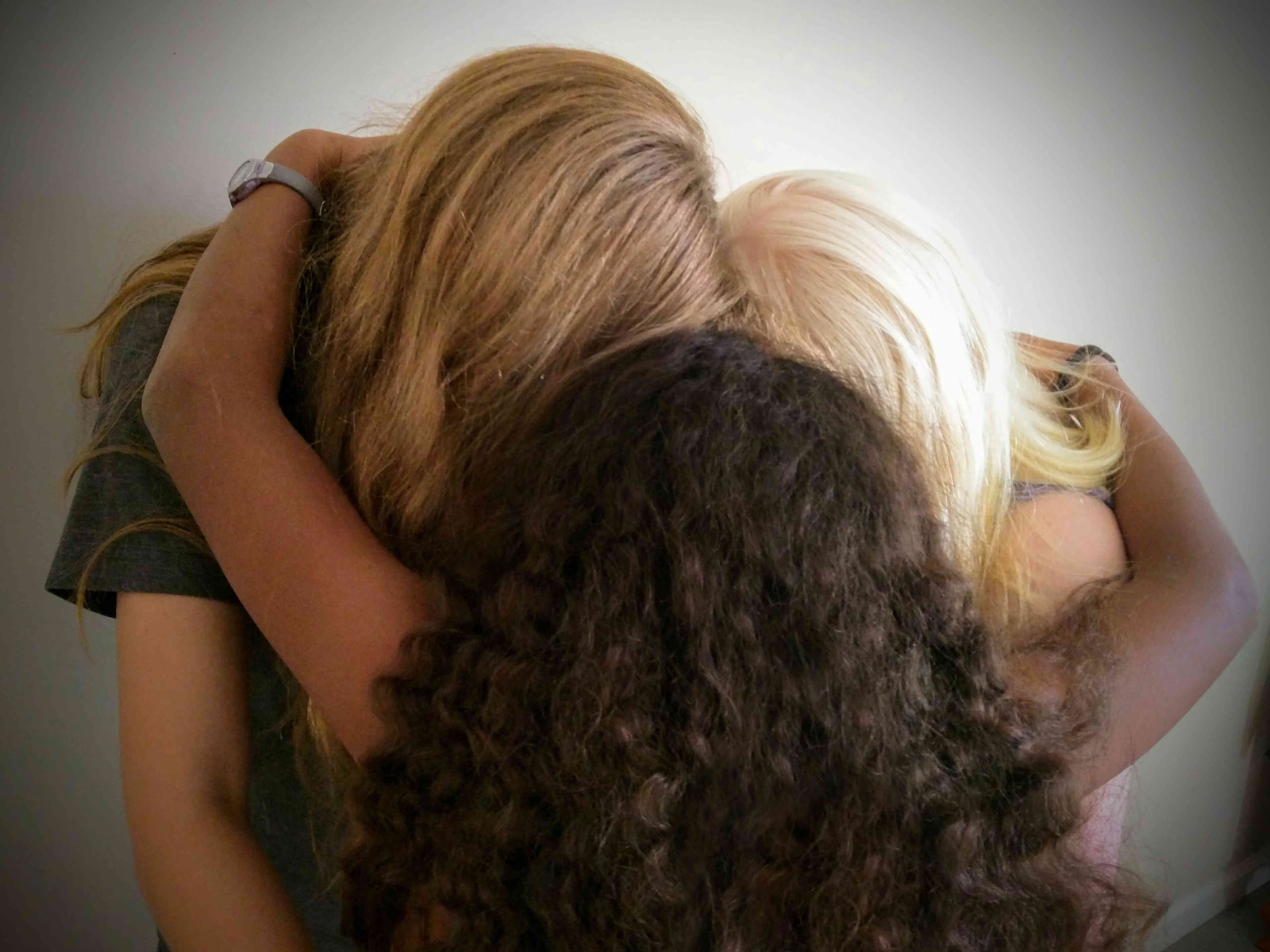The sound of the school bell rings. But, for many students, it indicates more than just the start of the school day; it’s the beginning of another battle. In hallways filled with laughter and chatter, the sting of racial slurs and side-eye glances cuts through the noise, leaving invisible wounds. For children targeted by racial bullying, school has transformed from a place of learning to what feels like a daily arena of survival. Self-worth and a sense of belonging are eroded with every insult or act of exclusion. The impact of these experiences reverberates far beyond the classroom, shaping not just their academic journey but also their identity and mental health, often in ways that take years to undo.
Racial bullying in schools is a pervasive issue that extends beyond the classroom walls, leaving lasting scars on the children it targets. For many students, school should be a safe space to learn, grow, and form meaningful connections. However, for those subjected to racial bullying, it becomes a hostile environment fraught with fear, isolation, and diminished self-worth.
The Reality of Racial Bullying
Racial bullying occurs when individuals are harassed, excluded, or demeaned based on their race or ethnicity. It can manifest as overt acts of aggression, like name-calling and physical violence, or more insidious behaviors, such as exclusion, microaggressions, or dismissive remarks about one’s cultural identity.
The National Institutes of Health found that students of color experience bullying at significantly higher rates than their white peers. This disparity highlights the intersection of systemic racism and bullying, creating a cycle that not only marginalizes but also dehumanizes young students.
“Racial bullying strikes at the very core of a child’s identity, creating wounds that extend far beyond the schoolyard. It chips away at self-esteem, fosters a deep sense of isolation, and plants seeds of self-doubt that can linger for years. For many children, the relentless targeting of their race or culture doesn’t just make them feel different, it makes them feel invisible… profoundly alone,” says Linsey Lunny, CEO and Founder of Hidden Strength.
According to a blog from Hidden Strength, here are some elements of racial bullying.
- Being called racist names
- Having your personal belongings damaged
- Racist graffiti
- Being deliberately ignored or left out
- Having your accent or clothing mocked
- Making fun of religious traditions and customs
- Racist jokes
- People making assumptions about you because of your colour, race or culture
Shattering Self Esteem
The psychological toll of racial bullying is undoubted. For children, identity formation is a critical part of development. When their racial or cultural identity is consistently attacked, it can lead to internalized racism: a self-directed prejudice that causes them to reject or feel ashamed of their heritage.
This internal conflict significantly erodes self-esteem. Children who are told they are “less than” because of their skin color or cultural practices begin to believe it, often viewing themselves as unworthy or incapable. Such beliefs can follow them into adulthood, affecting career aspirations, relationships, and overall mental health.
Racial bullying also isolates its victims. Students often feel that their peers cannot relate to their experiences or may even fear retaliation for speaking out. This sense of alienation can create a pervasive loneliness, leaving children without the social support systems critical for resilience.
In many cases, victims of racial bullying turn inward, withdrawing from social activities and avoiding interactions that might expose them to further harm. This isolation exacerbates feelings of depression and anxiety, making it harder for them to build friendships and trust others.
How to Protect Students of Color
Stopping racial bullying requires more than just punitive measures against bullies; it demands systemic change. Schools must prioritize creating an inclusive culture where diversity is celebrated rather than tolerated.
“Approaching situations of racially motivated bullying requires sensitivity and an open mind. Initiating a private and supportive conversation with students and addressing their reality is imperative. Collaborating with parents, school counselors, and diversity and inclusion specialists is key to cultivating an environment where every student feels valued and protected.”
Educators and administrators play a crucial role in fostering this environment. Anti-bullying programs should explicitly address racial bullying, equipping students and staff with the tools to recognize, report, and prevent it. Incorporating cultural competency training for teachers can also ensure they are prepared to handle incidents of racial bias with sensitivity and understanding.
Racial bullying is not an issue that will resolve itself. It requires a collective effort to dismantle the systemic inequalities that fuel it and to build a society where every child feels valued and accepted. As we confront the issue of racial bullying, we must remember that the stakes are high. Not just for the individual students but for the integrity of our educational system and the future of our society.










